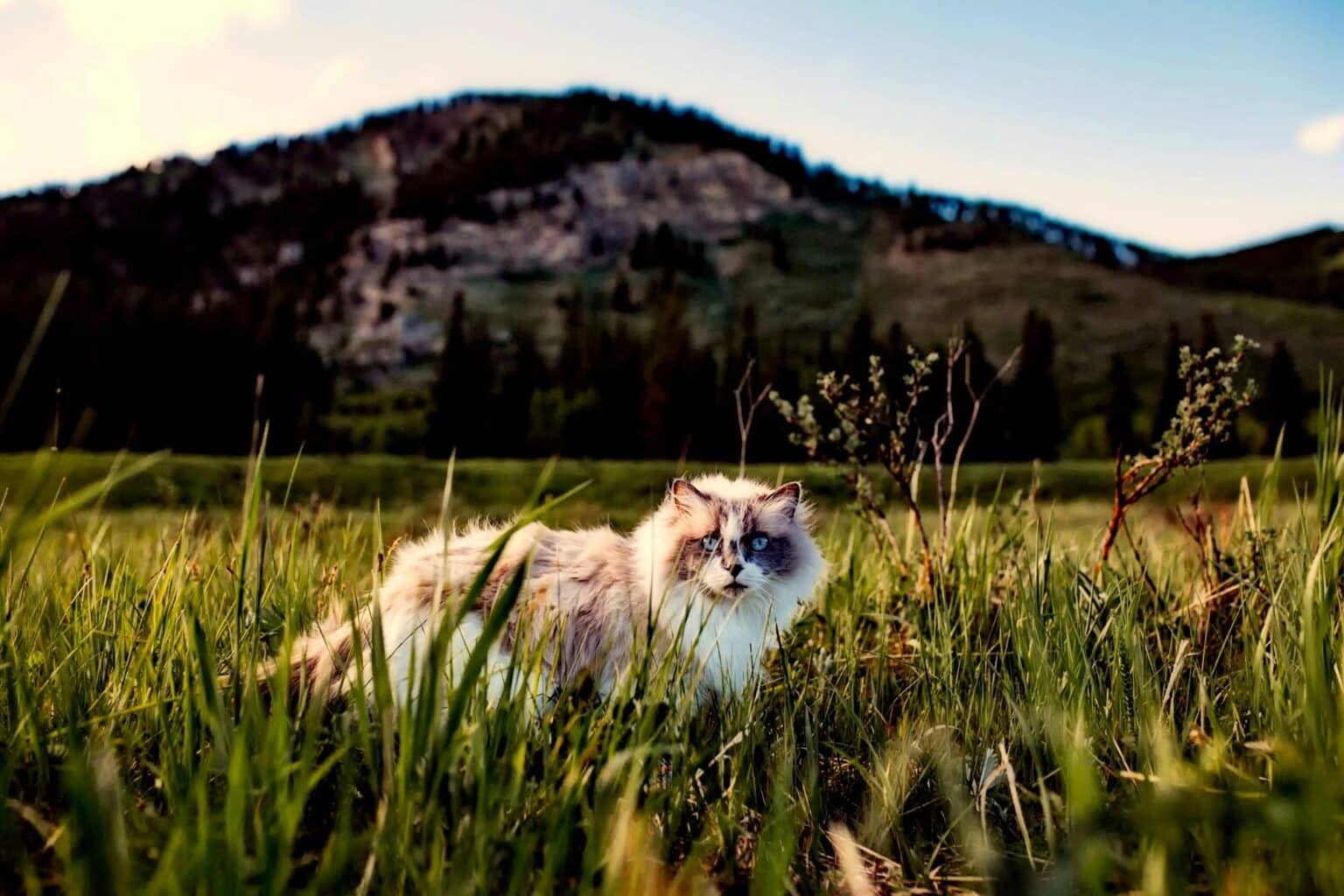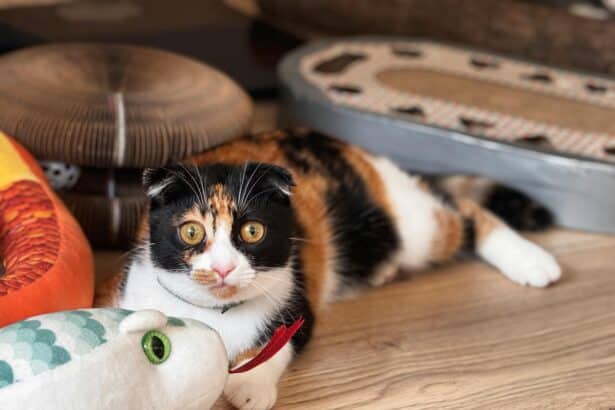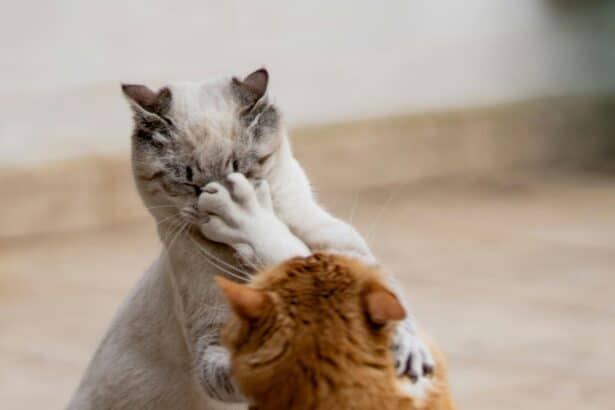Silky fur, ocean-blue eyes and a heart as soft as a plush toy: meet the Ragdoll. This gentle giant loves company, follows you from room to room and melts in your arms like, well… a ragdoll. Thinking of welcoming one home?
Meet the Ragdoll: origins and looks
Born in the United States in the 1960s, the Ragdoll quickly charmed the world with its calm temperament and majestic coat. Males can reach up to 20 lbs, with a sturdy, muscular frame that stays incredibly cuddly.
They mature slowly, and their full coat and color can take three to four years to blossom. Kittens are born white, and their points, patterns and ruff reveal themselves gradually—patience rewarded.
Curious about another big sweetheart for comparison? You might enjoy reading about the equally iconic Maine Coon in this friendly guide: adopting and raising a Maine Coon.
Coat colors and patterns
- Patterns: colorpoint, mitted and bicolor (each with its own elegant charm).
- Common colors: seal, blue, chocolate, lilac, and sometimes red or cream.
- Texture: medium-long, silky fur that tangles less than many longhairs when brushed regularly.
Fun tidbit? Many Ragdolls relax their bodies completely when picked up—one of the traits that inspired their name.
Personality: a velvet-pawed companion
Ragdolls are affectionate, people-oriented and often greet you at the door like a polite little host. They’re typically calm, gentle and prefer being near you rather than on top of high shelves.
They’re fabulous family cats—usually patient with respectful children and friendly with other pets. They don’t like long stretches alone, so companionship matters.
Home life, simply cozy
- Indoors suits them best: their trusting nature can make outdoor life risky.
- Enrichment: cozy beds, window perches and interactive play keep their minds bright.
- Gentle playtime: wand toys and soft fetch are often big hits.
Want to sharpen your grooming game for that silky coat? This practical read will help: the ultimate guide to cat grooming.
Everyday care: food, play and grooming
Grooming, the easy way
- Brush 2–3 times/week: use a stainless-steel comb for the underlayers, then a soft slicker.
- Detangling tip: a tiny spritz of water or a leave-in grooming spray reduces static and snagging.
- Seasonal shedding: increase brushing during spring and fall to keep mats away.
Practical tip: brush right after a short play session, then offer a tiny treat. Your Ragdoll will associate grooming with “reward time,” which turns maintenance into a sweet ritual.
Nutrition and exercise
- Balanced diet: high-quality, protein-rich food tailored to age and activity level.
- Portion control: use a measuring cup; large breeds can gain weight quickly if free-fed.
- Daily play: two 10-minute play bursts can do wonders for weight and mood.
Common mistake to avoid: leaving calorie-dense kibble available all day. Free-feeding often leads to quiet but steady weight gain—harder on joints and heart. Scheduled meals keep your Ragdoll lean and lively.
Choosing the right breed for your lifestyle? This guide is a smart companion when you’re weighing options: choosing a pedigree cat.
Health and wellbeing
Like many purebred cats, Ragdolls can be prone to specific conditions. One to watch for is hypertrophic cardiomyopathy (HCM), a heart muscle disease that can be inherited.
- Screening matters: ask breeders about HCM screening in their lines.
- Routine vet care: yearly check-ups, dental care and weight monitoring are essential.
- Safe spaces: keep them indoors, with secure windows and enriching play, to reduce stress and risk.
Wondering how the Ragdoll compares with other fluffy sweethearts? Explore another gentle, family-friendly breed here: the Siberian cat guide.
Adoption and fit for your home
Look for ethical breeders who prioritize health testing and temperament—or consider breed-specific rescues. Meet the cat if possible; Ragdolls love people and it shows in calm, curious greetings.
- Ask for transparency: health history, vaccination records, and socialization details.
- Prepare the nest: a quiet room with litter, food, water, scratchers and a hidey-bed for the first days.
- Slow introductions: if you have other pets, go step by step.
Want a broader view before you decide? This overview can help you compare and clarify what you truly want: the ultimate guide to cat breeds.
Little secrets you’ll love
- Surprising fact: many Ragdolls prefer floor-level comfort to circus-level acrobatics—more snuggles, less shelf rearranging.
- Quiet charm: they’re often softly spoken; when they do meow, it’s usually sweet and polite.
- Gentle handling: they flop in your arms because they trust you—always support chest and hindquarters.
Curious about their official background and traits? A concise overview is available on Wikipedia for extra reading.
FAQ
Are Ragdoll cats hypoallergenic?
No cat is truly hypoallergenic. Ragdolls may shed less matting when groomed, but they still produce allergens. Regular brushing and cleaning help reduce exposure.
Do Ragdolls like being held?
Many do! Their famous “flop” reflects trust and relaxation. Always handle gently and watch your cat’s body language—consent first, cuddles second.
How much do Ragdolls shed?
Moderately, with seasonal peaks. Consistent combing, a balanced diet and a humidifier in dry months can noticeably cut loose fur and tangles.
Is a Ragdoll good for apartment living?
Absolutely. They’re calm, people-focused and content indoors. Add window perches, scratch posts and daily play for a happy, serene apartment life.







